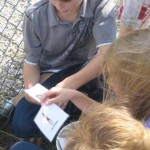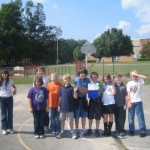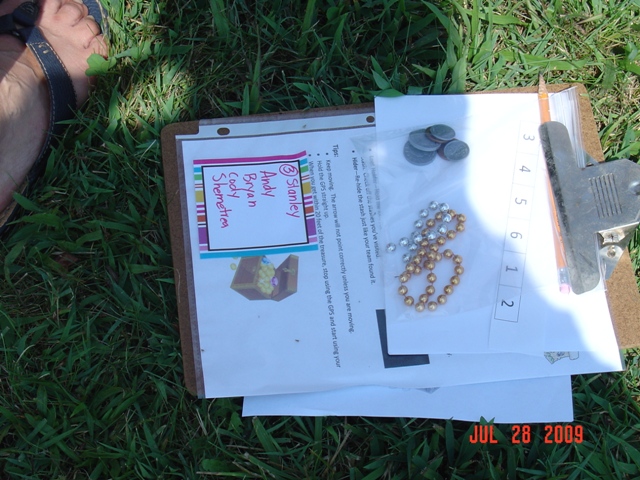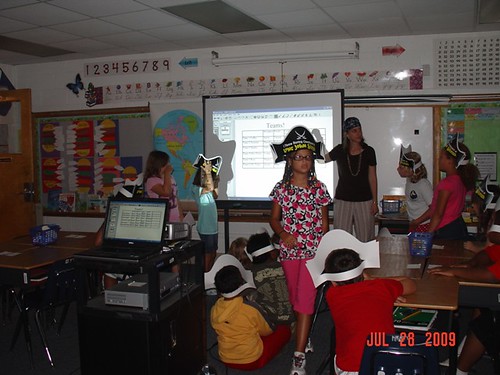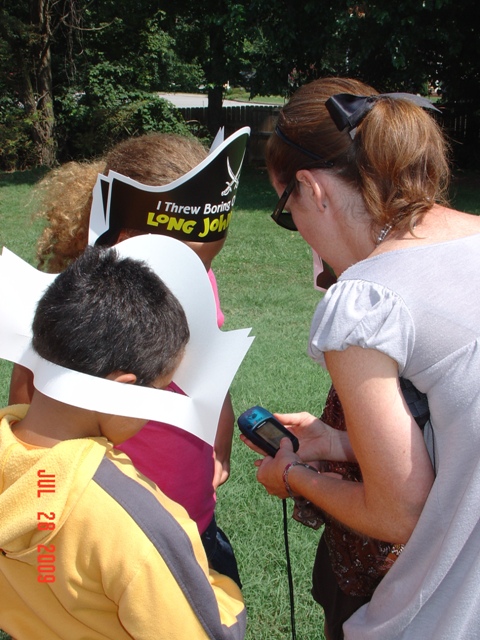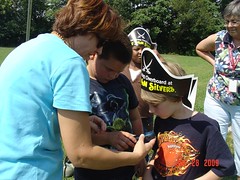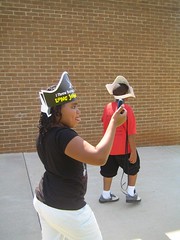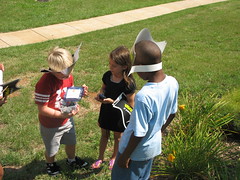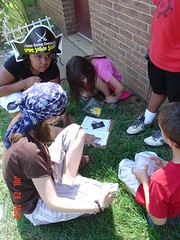Third Grade went Geocaching in Mrs. Weikle’s room during their study of Greece and Rome! Using GPS units, students worked in teams to locate hidden boxes outside the school. The boxes contained clues about either Greece or Rome or neither. Students had to figure out which! It was cold, but everyone had a blast!
There are two versions of the activity–one that uses GPS units (Geocaching), and one that uses iPads or iPods with QR code readers.
Geocaching:
1. Print the cards on different colored tagboard (blue, red, yellow). Use the Answer Sheet to divide the cards between 6 boxes.
2. Hide the boxes around the school yard and mark each location with the gps unit.
3. Divide the students into no more than six groups. Give students the blank answer sheet, a pencil, gps unit, and an order strip.
4. Have students find the boxes in the order on the strip. When they find the box, they read the clues and determine which color card matches which civilization. They record colors on their answer sheets.
QR Codes
1. QR cards on tagboard. Divide them between 6 boxes.
2. Place the boxes around the room (as stations).
3. Divide the students into no more than six groups. Give students the blank answer sheet, a pencil, an iPod/iPad loaded with a QR code reader (we use Inigma).
4. Have students rotate through the stations and scan the QR codes. Students must determine which color card matches which civilization. They record on colors on their answer sheets.
Cross posted on the Oak Grove Digital Archive and Adventures in Learning Geocaching Blog.


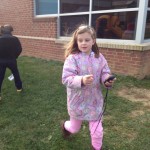
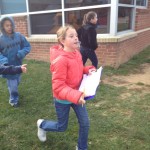
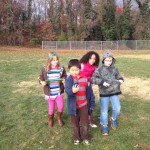
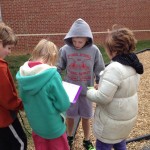

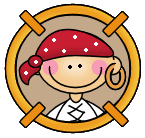
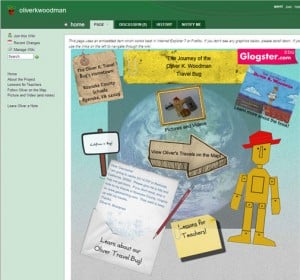

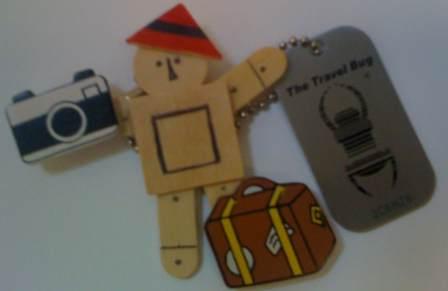 Our 2nd grade students ihave been reading the book, The Journey of Oliver K. Woodman by Darcy Pattison. It’s a story about a wooden man, Oliver K. Woodman, that is sent from an Uncle in Rock Hill, SC to his niece in Redcrest, CA. Oliver moves from place to place in the book through the kindness of strangers who pick him and and help him travel all the way across the United States.
Our 2nd grade students ihave been reading the book, The Journey of Oliver K. Woodman by Darcy Pattison. It’s a story about a wooden man, Oliver K. Woodman, that is sent from an Uncle in Rock Hill, SC to his niece in Redcrest, CA. Oliver moves from place to place in the book through the kindness of strangers who pick him and and help him travel all the way across the United States.
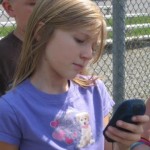 Have you seen small groups of students running around hunting for boxes at your school lately? If so, then you’ve seen us geocaching, a fun, active way to solve SOL related problems! It’s a great way for students to move around outside while working in groups and solving SOL related problems. They love it!!
Have you seen small groups of students running around hunting for boxes at your school lately? If so, then you’ve seen us geocaching, a fun, active way to solve SOL related problems! It’s a great way for students to move around outside while working in groups and solving SOL related problems. They love it!!